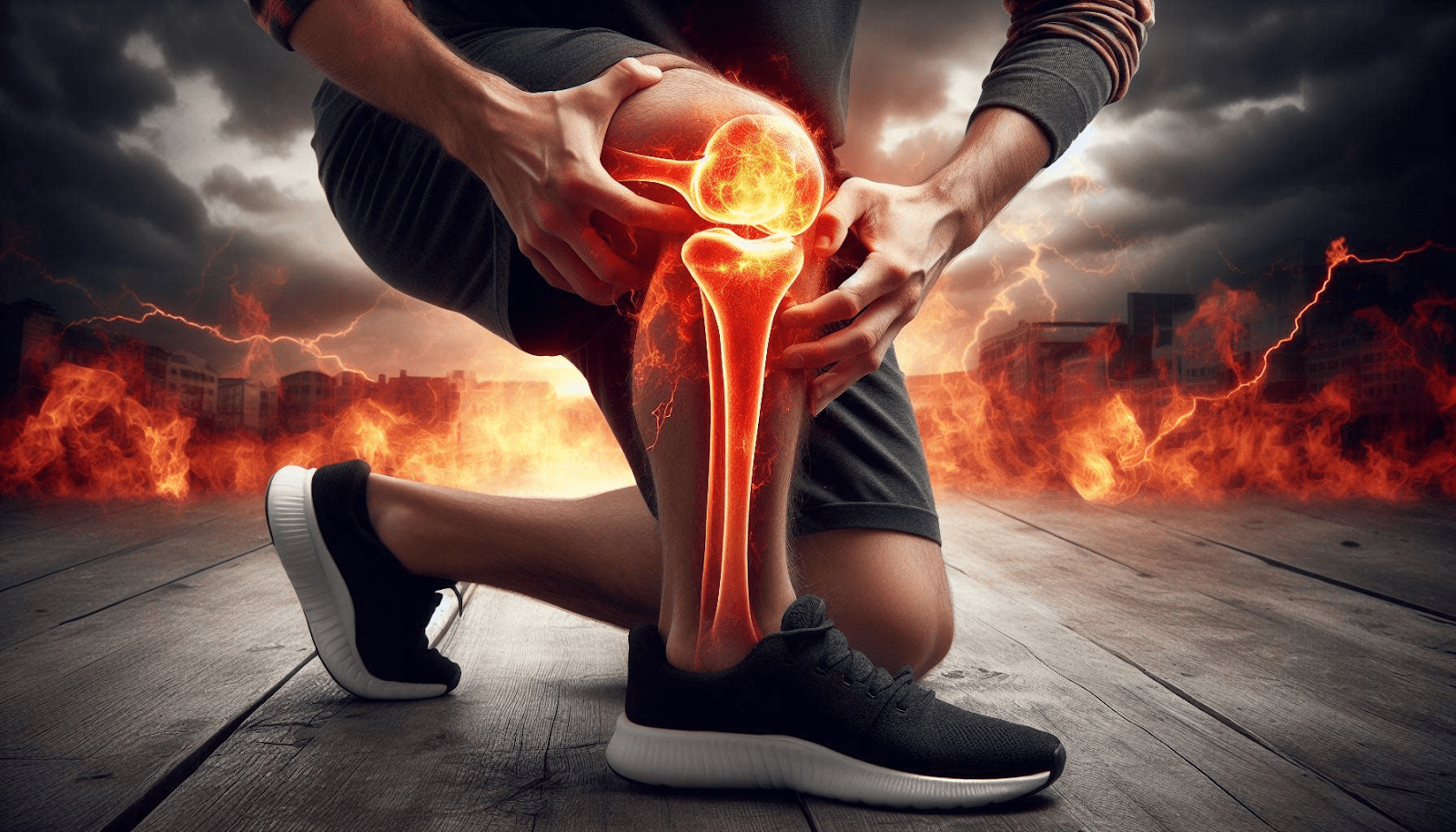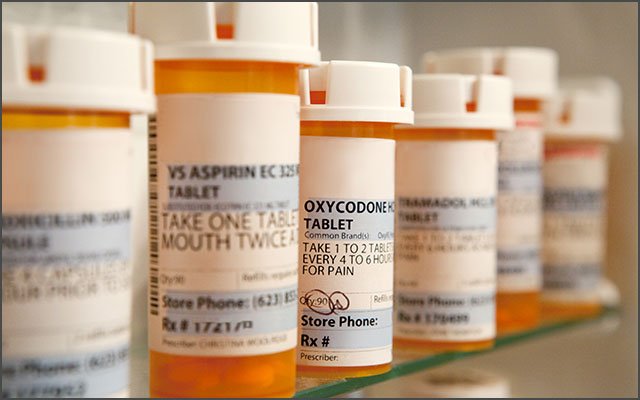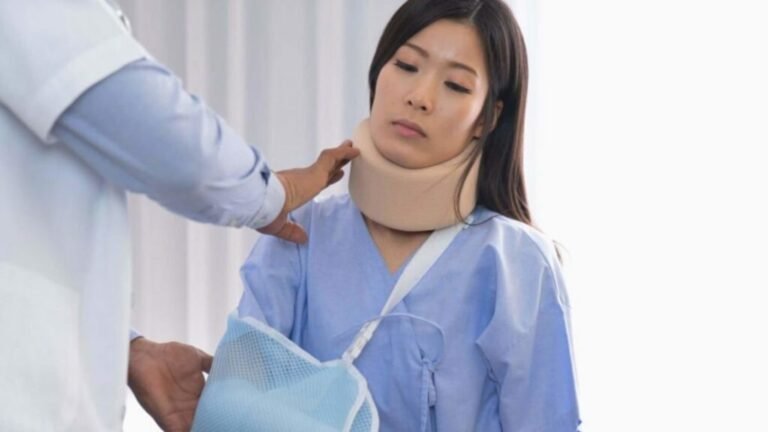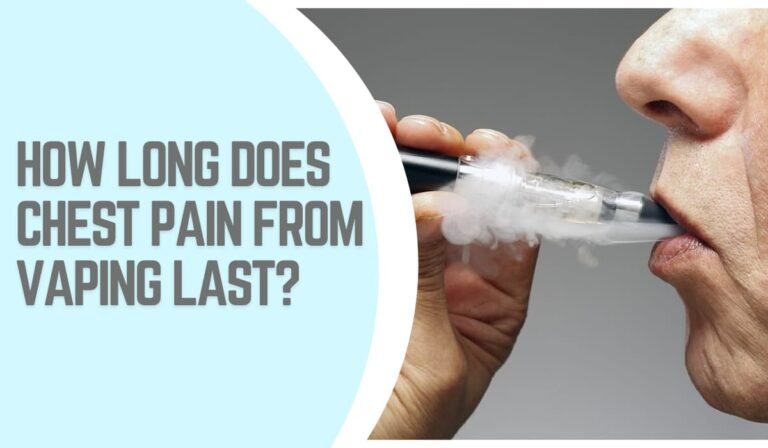Burning Knee Pain: A Comprehensive Guide to Identifying and Treating This Debilitating Condition

The knee joint, a complex structure consisting of bones, cartilage, ligaments, and tendons, plays a crucial role in supporting our daily movements and activities. However, when something goes awry within this intricate system, it can result in a range of painful conditions, including the dreaded burning knee pain. This excruciating sensation can significantly impact our quality of life, making even the simplest tasks a challenge. In this comprehensive guide, we’ll explore the potential causes of burning knee pain, effective treatment options, and the importance of using a knee pain location chart to pinpoint the source of discomfort accurately.
Understanding Burning Knee Pain
Burning knee pain is a specific type of discomfort that manifests as a searing, intense sensation in or around the knee joint. Unlike other forms of knee pain, which may be dull or achy, burning knee pain can be particularly debilitating, often accompanied by swelling, stiffness, and a reduced range of motion.
This agonizing experience can have various underlying causes, some of which may require prompt medical attention to prevent further deterioration and long-term complications.
Potential Causes of Burning Knee Pain
1. Arthritis: Both osteoarthritis and rheumatoid arthritis can contribute to burning knee pain. In osteoarthritis, the cartilage that cushions the joints wears down over time, leading to bone-on-bone friction and inflammation. In rheumatoid arthritis, an autoimmune disorder, the immune system attacks the joint lining, causing inflammation and potential joint damage.
2. Bursitis: The knee joint contains several small, fluid-filled sacs called bursae, which act as cushions between the bones, tendons, and muscles. When these bursae become inflamed (a condition known as bursitis), it can result in burning knee pain, often exacerbated by movement or pressure.
3. Tendinitis: The tendons that connect the muscles to the bones around the knee can become inflamed, a condition known as tendinitis. This inflammation can cause burning pain, swelling, and stiffness, particularly during or after physical activity.
4. Meniscus Tear: The meniscus is a crucial piece of cartilage that acts as a shock absorber in the knee joint. A tear or injury to the meniscus can lead to burning pain, swelling, and instability in the affected knee.
5. Nerve Compression: In some cases, burning knee pain may be caused by compression or irritation of the nerves that run through or near the knee joint. This can occur due to conditions such as a pinched nerve or a herniated disc in the spine.
The Importance of a Knee Pain Location Chart
While burning knee pain can be a debilitating experience, pinpointing the exact location of the discomfort can be crucial in identifying the underlying cause and determining the appropriate course of treatment. This is where a knee pain location chart comes into play.
A knee pain location chart is a visual representation of the knee joint, often accompanied by a diagram or illustration that allows individuals to identify the specific area where they are experiencing pain or discomfort. By accurately pinpointing the location of the burning sensation, healthcare professionals can better assess the potential causes and develop a targeted treatment plan.
Treating Burning Knee Pain
Once the underlying cause of the burning knee pain has been identified, a variety of treatment options may be recommended, depending on the severity and nature of the condition. Here are some common approaches:
1. Rest and Activity Modification: In many cases, resting the affected knee and modifying activities to reduce stress on the joint can provide relief and allow for healing. This may involve using assistive devices such as crutches or a knee brace to take pressure off the joint.
2. Cold and Heat Therapy: Applying cold compresses or ice packs to the affected area can help reduce inflammation and alleviate burning knee pain. Alternatively, heat therapy, such as warm baths or heating pads, can help relax muscles and improve blood flow, promoting healing.
3. Medications: Over-the-counter or prescription medications, such as non-steroidal anti-inflammatory drugs (NSAIDs) or corticosteroid injections, may be recommended to reduce inflammation and alleviate burning knee pain.
4. Physical Therapy: A well-designed physical therapy program can be instrumental in treating burning knee pain. Exercises focused on strengthening the muscles around the knee joint, improving flexibility, and enhancing balance and stability can aid in the recovery process and prevent further injury.
5. Injections: In some cases, injections of corticosteroids or other substances directly into the affected area may be recommended to reduce inflammation and provide pain relief.
6. Surgery: In severe cases or when other treatment options have been exhausted, surgical intervention may be necessary. This could involve procedures such as arthroscopic surgery to repair damaged cartilage or ligaments, or joint replacement surgery for advanced arthritis.
Prevention and Self-Care Strategies
While treating burning knee pain is essential, prevention and self-care strategies can play a crucial role in reducing the risk of future episodes and promoting overall knee health. Here are some tips to consider:
1. Maintain a Healthy Weight: Excess weight can put additional stress on the knee joint, increasing the risk of injury and exacerbating existing conditions. Maintaining a healthy weight through a balanced diet and regular exercise can help alleviate pressure on the knees.
2. Strengthen Surrounding Muscles: Engaging in exercises that target the muscles around the knee joint, such as the quadriceps, hamstrings, and calf muscles, can provide better support and stability, reducing the risk of injury.
3. Wear Proper Footwear: Choosing shoes with adequate support and cushioning can help distribute weight evenly and reduce the strain on the knees during physical activities.
4. Use Assistive Devices: If you have a condition that affects your knee joint, consider using assistive devices such as crutches, knee braces, or orthotics to reduce stress and prevent further injury.
5. Practice Low-Impact Exercises: Engaging in low-impact activities like swimming, cycling, or using an elliptical machine can help maintain fitness while minimizing stress on the knee joint.
6. Listen to Your Body: Pay attention to any signs of discomfort or pain in your knees, and adjust your activities accordingly. Pushing through pain can potentially lead to further injury and exacerbate existing conditions.
Conclusion
Burning knee pain can be a debilitating and frustrating condition that significantly impacts our daily lives. By understanding the potential causes, utilizing tools like a knee pain location chart, and seeking appropriate medical attention, individuals can effectively address this issue and find relief.
Remember, early intervention and a comprehensive approach that combines targeted treatments, preventative measures, and self-care strategies are crucial in managing burning knee pain and promoting long-term knee health.
If you are experiencing persistent or severe burning knee pain, do not hesitate to consult with a healthcare professional. With the right diagnosis and treatment plan, you can regain mobility, alleviate discomfort, and reclaim your active lifestyle.
David Lamelas
David Lamelas is a board–certified Neurologist with a passion for helping his patients live their best lives. He is a top–rated doctor who graduated summa cum laude from the University of Pennsylvania School of Medicine and went on to complete his residency at Harvard Medical School. He has experience in treating a wide range of neurological conditions including stroke, multiple sclerosis, and epilepsy. He also specializes in noninvasive treatments such as Botox injections, nerve blocks, and physical therapy. He is highly respected in his field and has been featured in numerous publications including the New England Journal of Medicine and The David Lamelas has a strong commitment to providing quality care to his patients and works tirelessly to ensure they receive the best treatment possible. He has a kind, compassionate, and knowledgeable bedside manner that has made him a favorite among his patients.
View All By David






